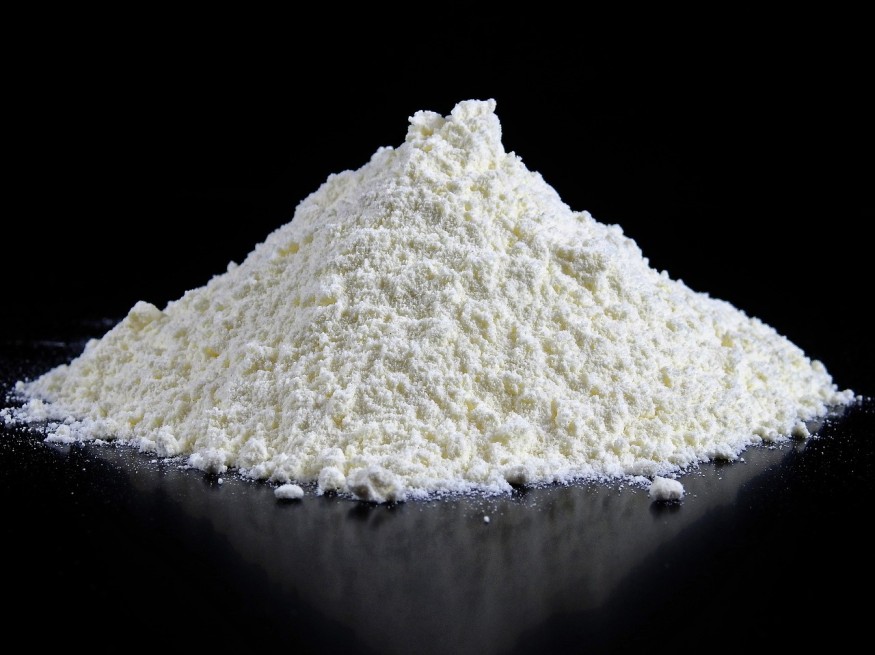
Archaeologists from Armenia were able to uncover piles of a powdery white substance inside 3,000-year-old bakery ruins. The substance turned out to be ancient wheat flour remnants.
Ancient Wheat Flour
As per Live Science, this was discovered by a Polish-American archaeology team. They found the substance last fall as they were examining an archaeological site in Metsamor, western Armenia.
The flour findings and furnace excavations within the area made them realize that the structure used to be a prehistoric bakery. In fact, according to the Polish news site Science in Poland, the flour was sprinkled over the ruins. Archaeology Professor Krzysztof Jakubiak from the University of Warsaw, who led the excavations, explains that the substance initially looked like ashes. He adds that they knew that the substance was organic and gathered roughly four to five sacks.
They then performed chemical analysis on the substance to find out that it was wheat flour for baking, which further led to the discovery of the 3,000-year-old bakery. The researchers estimated that roughly 3.5 tons of flour could have been kept inside the structure.
ALSO READ : Ancient Rome Had Extremely Durable Concrete Structures Thanks to Their Materials and Techniques
3,000-Year-Old Bakery
According to the Miami Herald, the huge structure, which spans 82 by 82 feet, was used from the latter part of 1100 B.C. until the start of 900 B.C. It would have been initially used as a public structure, but as time passed, furnaces were added to the building. Later on, it served a vital economic role as an area where bakers baked bread using wheat flour.
Live Science adds that the building had two rows of 18 wooden columns that supported a roof of reed using wood beams. Eventually, the building collapsed because of a fire.
The roof collapsed as the fire broke out and ended up shielding everything. Because of that, the flour was able to survive. This is quite remarkable. In typical circumstances, everything should have been left in ashes and ruins.
Jakubiak explains that the structure is among the oldest known ones in the town of Metsamor. While not much is known about the inhabitants of this region, researchers are familiar with how the fortified city became part of the Urarat Biblical kingdom. This was after King Argishti in 800 B.C., conquered the area, per Live Science. According to Science in Poland, before this, the region would have spanned 100 hectares and would have been surrounded by complexes of temples that had seven sanctuaries.
Earlier Metsamor excavations included the unearthing of walled settlements that had a cemetery with a hundred burials, Live Science notes. Though several were found to be empty, one was found to contain roughly 100 jewelry beads and many gold pendants.
RELATED ARTICLE : New Advanced Insights on Earth's Oldest Structure, Prospect in Mars Inhabitability Explained; Here's What Science Reveals
Check out more news and information on Archaeology in Science Times.












